Common Milkweed
 click to enlarge |
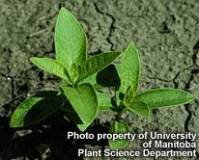 |
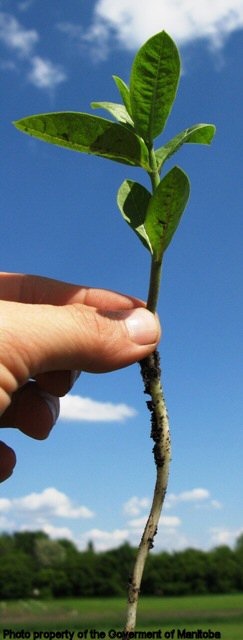 |
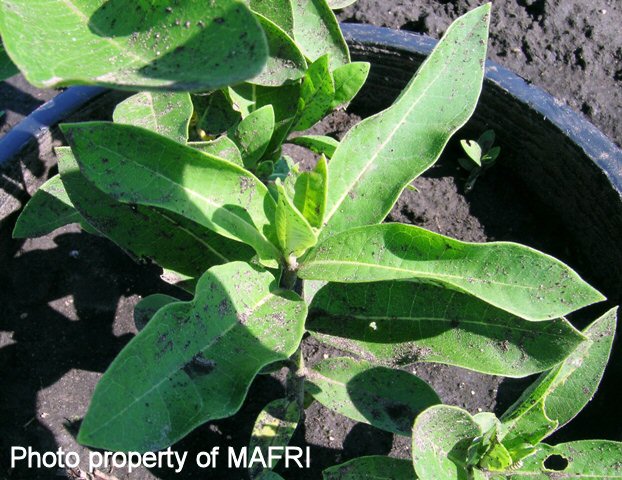 |
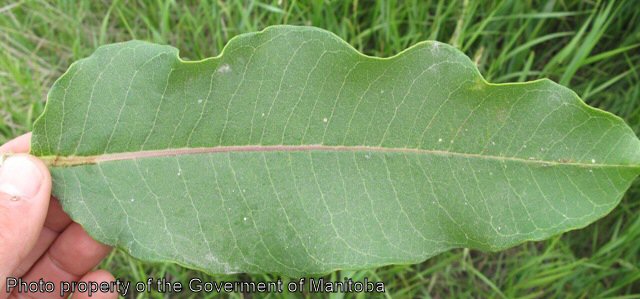 |
 |
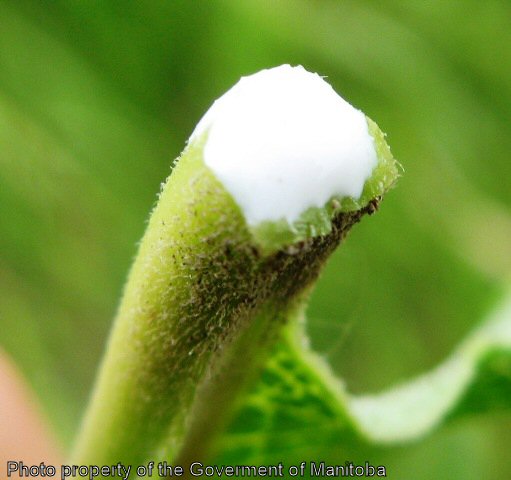 |
 |
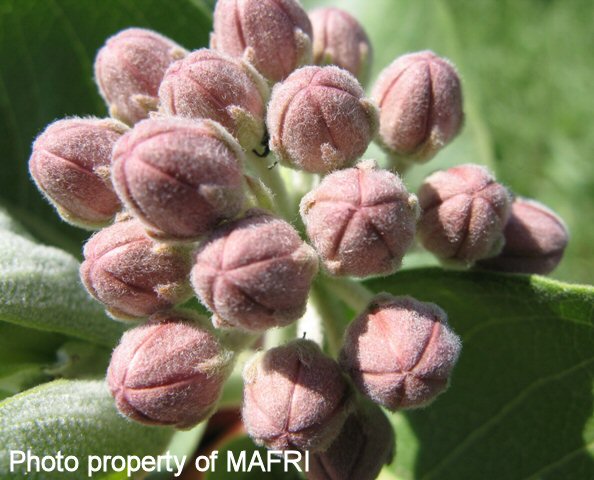 |
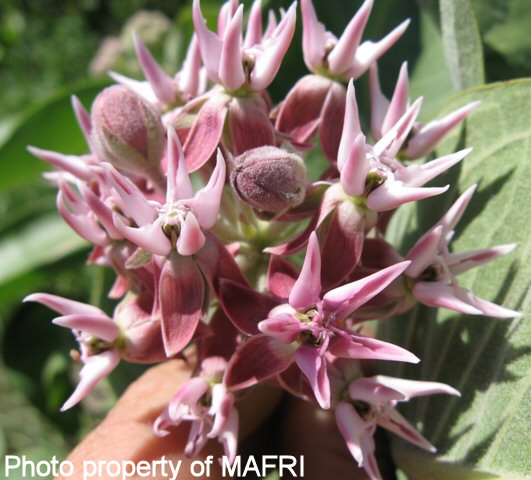 |
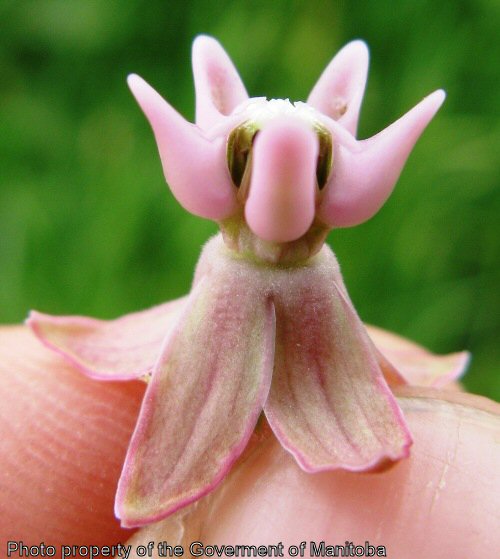 |
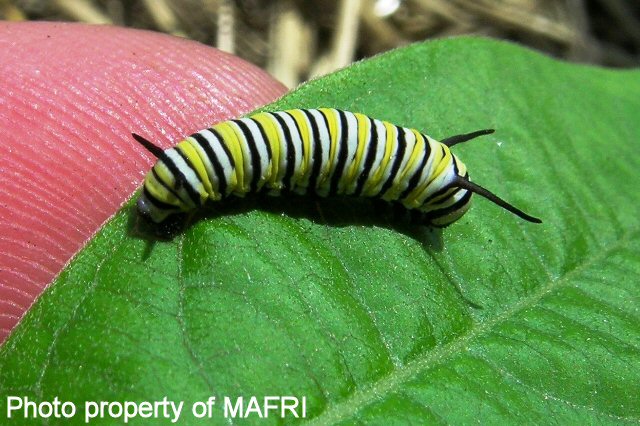 |
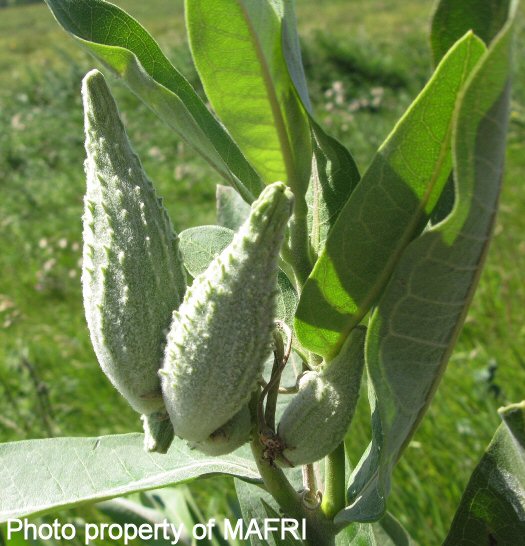 |
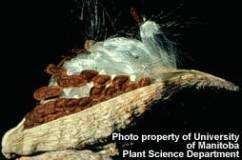 |
Biology
This is a perennial weed, reproducing by seeds and underground rootstocks. The stems are erect, 9-24 cm tall, greyish-green, unbranched, and contain a milky latex sap. The leaves are opposite, large, 10-18 cm long, oval shaped, covered with fine soft hairs, and prominently veined. Flowers in umbels are purplish-pink and occur at the tips of stems and axils of upper leaves. Seeds are flat, 8 mm long, reddish-brown, and have a pappus of silky hair at one end. The seeds are borne in narrow pods, 37-12 cm long. The leaves of this weed provide food for monarch butterfly larvae.
Common milkweed does not tolerate excessive moisture. Distribution is also limited by 18 and 30° mean July temperatures in the north and south respectively.
Scouting Techniques
Take a minimum of 20 weed counts across the field. Scout field edges, fence rows, and dry areas for patches of this weed. This weed is extremely patchy and easy to notice.
Effects On Crop Quality
Recently more common in cultivated fields because of the removal of annual weeds by herbicides which do not control milkweed. May cause problems at harvest time. A particular problem in discolouring beans.
Threshold/Yield Loss
Average yield loss of 720 kg/ha in sorghum. Yield loss is greater as weed population increases in subsequent years. Yield loss within patches can be severe.
Control Tips
- Group 11 (amitrol)
- Group 9 in herbicide tolerant crops
